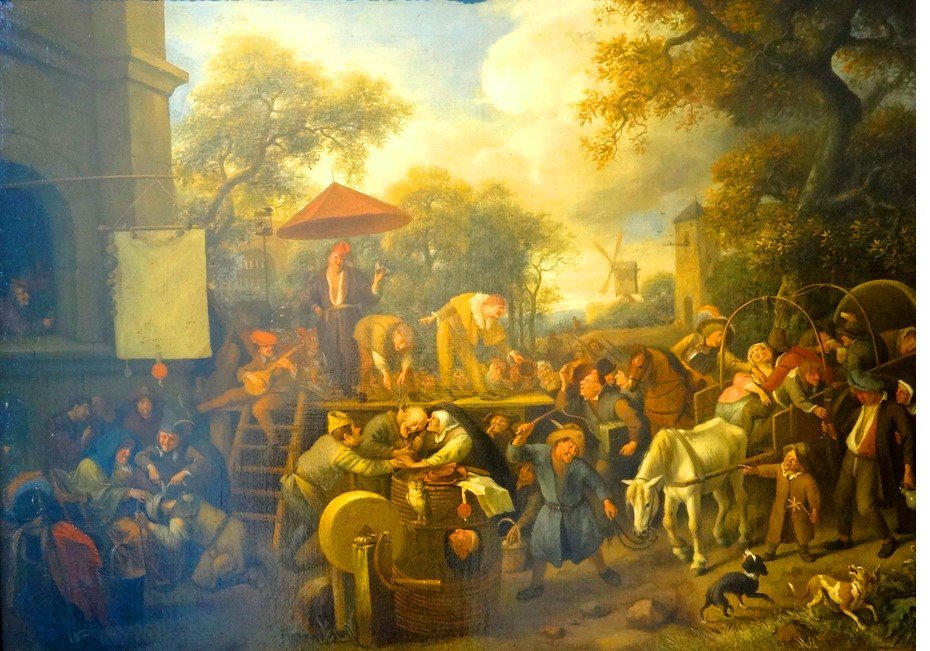Protecting Cultural Heritage and Artists Through Art Law

Preserving the rich tapestry of human history and expression is a paramount endeavor that finds its embodiment in the realm of art law. The Protecting Cultural Heritage and the rights of artists constitute a complex interplay between legal frameworks, ethical considerations, and the ever-evolving landscape of artistic innovation. In a world where art serves as a profound mirror reflecting diverse identities, narratives, and creativity, the importance of comprehensive legal measures cannot be overstated.
This introductory exploration delves into the intricate domain of art law, examining its crucial role in upholding the integrity of cultural heritage, fostering the flourishing of artistic expression, and navigating the delicate balance between protection and freedom within the global artistic community.
Contents
- 1 Understanding Art Law
- 2 Challenges to Cultural Heritage Protection
- 3 International Efforts in Cultural Heritage Protection
- 4 National Legislation and Art Law
- 5 Role of Artists in Cultural Heritage Preservation
- 6 Landmark Cases in Art Law
- 7 Educational Initiatives in Art Law
- 8 Technological Innovations in Cultural Heritage Protection
- 9 The Intersection of Copyright and Cultural Heritage
- 10 Community Involvement in Cultural Heritage Preservation
- 11 Future Trends in Art Law and Cultural Heritage Protection
- 12 Conclusion
- 13 FAQs(Protecting Cultural Heritage and Artists Through Art Law)
Understanding Art Law
Art law is a specialized legal field that addresses the various aspects of the art world. It encompasses issues such as copyright, provenance, restitution, and cultural property law. This section provides an overview of art law and its significance in safeguarding cultural heritage.
Challenges to Cultural Heritage Protection
Despite efforts to preserve cultural heritage, challenges persist. Illicit trafficking of cultural artifacts, cultural appropriation, and contemporary challenges faced by artists pose threats to our shared heritage. We delve into these challenges and their implications.
International Efforts in Cultural Heritage Protection
International organizations, notably UNESCO, play a crucial role in fostering global cooperation for cultural heritage protection. This section explores the role of international agreements and treaties, shedding light on collaborative initiatives.
National Legislation and Art Law
Countries employ different approaches to protect cultural heritage through legislation. Case studies highlight effective legal frameworks, but gaps still exist. We examine the diversity of national approaches and areas requiring improvement.
Role of Artists in Cultural Heritage Preservation
Artists serve as cultural ambassadors, expressing the essence of their communities. This section explores how artists contribute to cultural heritage preservation, advocating for the balance between artistic freedom and cultural sensitivity.
Read More: White-Collar Crime Investigations and Defense
Landmark Cases in Art Law
Legal battles have shaped the landscape of cultural heritage protection. We delve into notable cases and the precedents set, emphasizing their impact on future legislation.
Educational Initiatives in Art Law
Creating awareness and educating stakeholders is vital for effective cultural heritage protection. This section discusses the importance of educational initiatives, supporting artists’ legal knowledge and promoting responsible art practices.
Technological Innovations in Cultural Heritage Protection
Technology plays a crucial role in preventing illicit trade and preserving cultural heritage. Digital archives, blockchain, and other innovations offer promising solutions. We explore their potential and associated challenges.
The Intersection of Copyright and Cultural Heritage
The relationship between copyright laws and cultural artifacts is complex. This section navigates the challenges of balancing ownership and public access, examining evolving copyright practices in the art world.
Community Involvement in Cultural Heritage Preservation
Empowering local communities is essential for the sustainable preservation of cultural heritage. Grassroots initiatives and collaborative conservation projects are explored as effective means of community involvement.
Future Trends in Art Law and Cultural Heritage Protection
As society evolves, so do the challenges in cultural heritage protection. This section anticipates future trends, highlighting emerging issues and potential solutions to shape the future of art law.
Read More: Corporate Social Responsibility and the Law
Conclusion
In conclusion, the protection of cultural heritage through art law is an ongoing responsibility. By understanding the challenges, celebrating successes, and anticipating future developments, we can collectively contribute to the safeguarding of our shared heritage.
FAQs(Protecting Cultural Heritage and Artists Through Art Law)
What is the significance of protecting cultural heritage?
Preserving cultural heritage ensures the transmission of values and traditions across generations, fostering a sense of identity and continuity.
How do artists contribute to cultural heritage preservation?
Artists serve as cultural ambassadors, expressing the essence of their communities and contributing to the preservation of cultural identity.
Can technology effectively prevent the illicit trade of cultural artifacts?
Technology, including digital archives and blockchain, holds promise in preventing illicit trade by providing transparent and secure provenance records.
What are the challenges in balancing copyright and public access?
The challenge lies in finding a balance between protecting artists’ rights through copyright and ensuring public access to cultural artifacts for educational and cultural enrichment.
How can individuals get involved in grassroots initiatives for cultural heritage?
Individuals can get involved by supporting local initiatives, participating in awareness campaigns, and advocating for responsible cultural practices.



One Comment